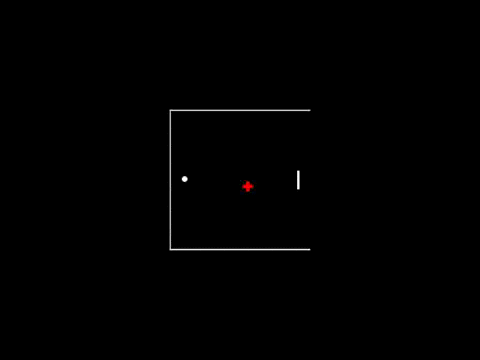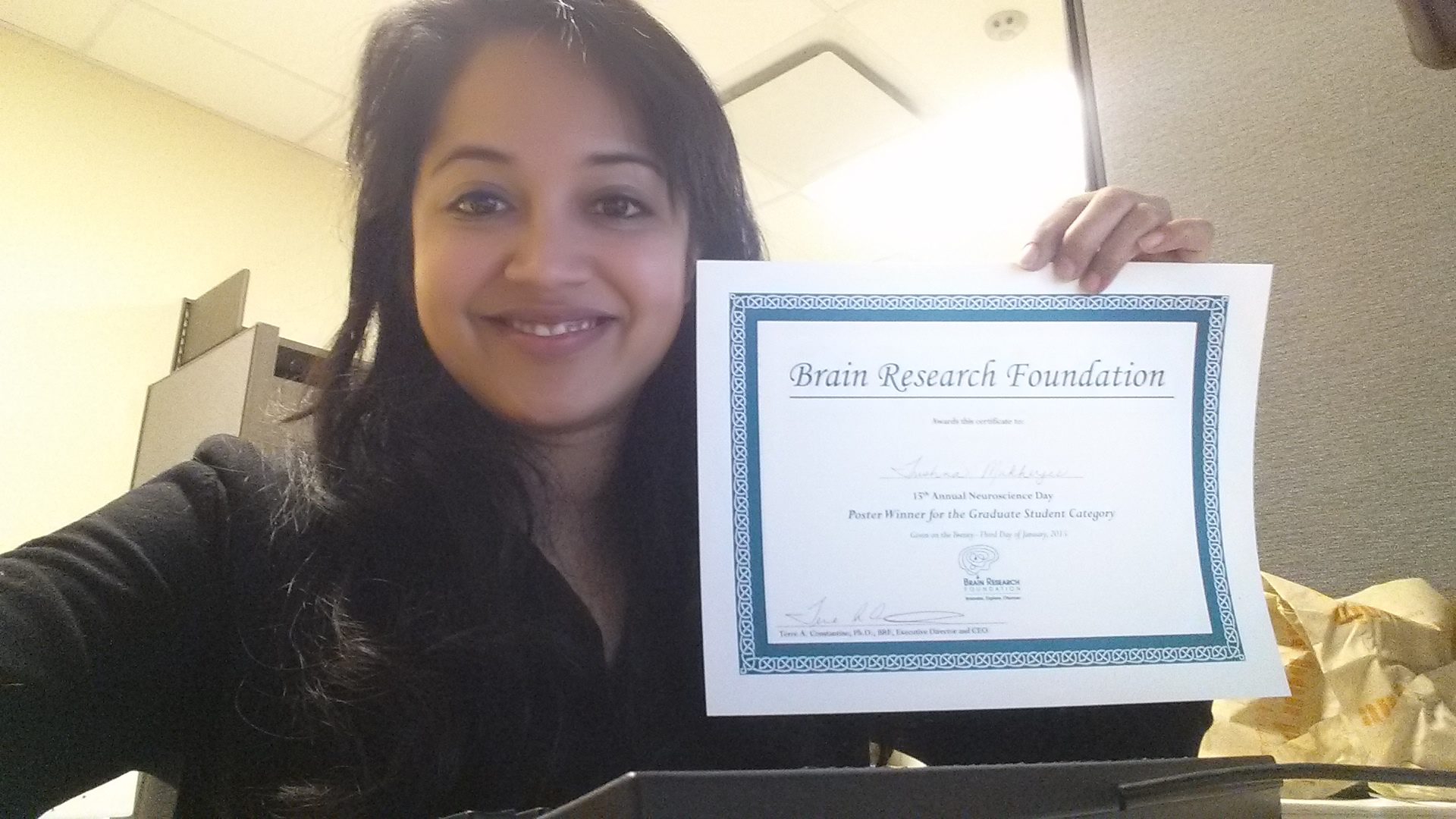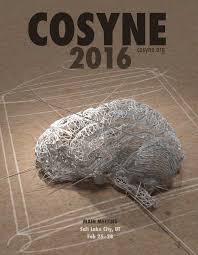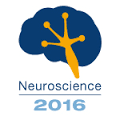News
Overview
Reacting to what we see and hear seems instinctive to us, yet little is known about how the brain transforms information from our senses into plans for action. Theories of brain function allow us to make quantitative predictions of behavior by tracing the flow of information through neural circuits, from sensation to action. Sensory information is represented in the brain by the activity of large populations of neurons. Decoding these distributed patterns requires a rulebook that maps neural activity both to the sensory stimulus and to the resulting behavioral response. A powerful approach to solving this mapping problem lies in analyzing variability in both neural responses and behavior.
Variation in how our brains record what we see, and program how we act, creates variability in our behavior. It is difficult, if not impossible, to swing a golf club the same way every stroke, or to hit a baseball on every swing. An analysis of such variation can reveal more than the overall level of precision in the system, it can tell us about the brain’s underlying computational processing as well. Because neural responses are probabilistic, fluctuations in responses to repeated stimuli allow us to describe the input-output function. Quantitative analysis of fluctuations in behavior shows us how the underlying neural signals were read out to produce movement. Understanding where noise arises in the brain has implications for advancing research in neuromotor control and in developing therapies for disorders where control is impaired, like Parkinson’s disease.
In our lab, we focus on an eye movement behavior known as ‘smooth pursuit’ that allows our eyes to track moving targets. Precision is at a premium in pursuit since failure to exactly match a target’s motion causes its image to blur as it slides across the retina. We find that pursuit can be a reliable read-out of the target motion the brain perceives, giving us a means to infer the visual activity that gave rise to the behavioral response. Through simultaneous multi-electrode recording of neural activity in extrastriate cortex and high-resolution recordings of eye movement, we are working to uncover the mechanisms by which visual information is represented in the activity of cortical populations, translated into motor commands, and how the whole system learns and adapts in order to maintain precise behavior.











